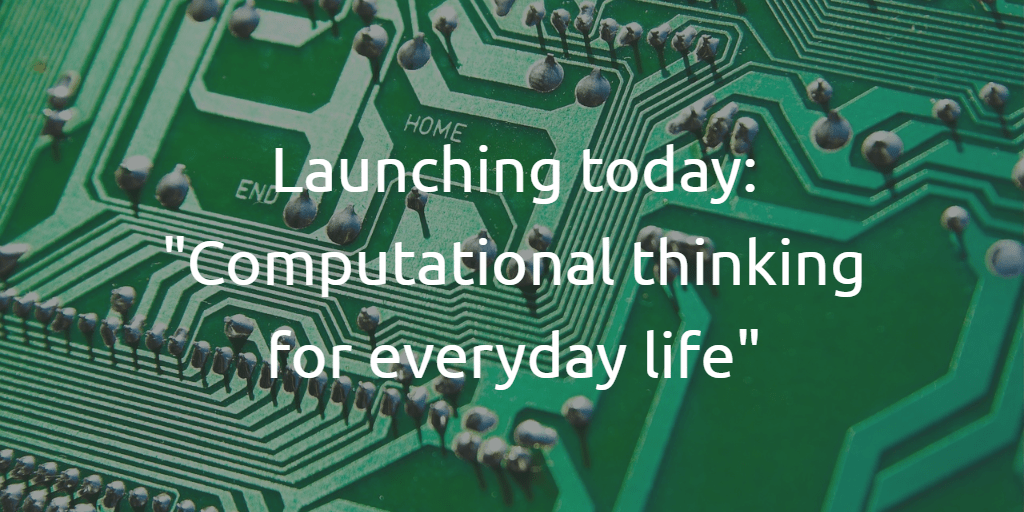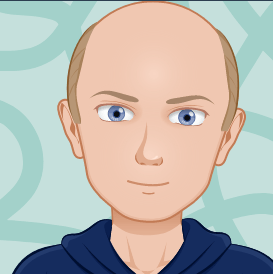
It gives me great joy to share my latest course with you today. “Computational thinking for everyday life” is now available for download in the Punk Learning shop, on a pay-what-you-can basis. What is the course about, and why should you care? Read on…
1. Why does this course exist?
Computational thinking is an idea which gets really complex and really ambitious every time I hear other people talk about it.
In almost no time at all, the talk goes from “we should all do more computational thinking” to “here’s how these really clever mathematicians/biologists/engineers use it”.
It’s great that lots of people today use computational thinking to make their projects more effective, and to think with technology – not against it.
But you shouldn’t feel like you need a degree to do computational thinking. And you shouldn’t feel left alone when trying to cover the ground between “having a computer” and “being a complex computational thinker”.
I wrote this course to help.
2. What is this course about?
The word “algorithm” doesn’t appear in my course. Not once.
The word “human” appears 47 times.
In 10 chapters, I’ve tried to give you an overview of how computational thinking plays out in real life.
I described real situations, involving real people and real machines. I discussed the way humans think, and the way computers work.
I looked at how computational thinking helps, from the ways in which work is set up, to the ways in which we can use questions, processes, and ideas of people around us, to make improvements.
I focused on change, and questioning, and on practical ideas to help you get closer to using computational thinking confidently.
After finishing this course, I hope you will be able to notice how computers and machines work all around you – and I hope you’ll start working with them, and with the teams built around them, with more confidence.
3. How does this course work?
There are ten chapters in this course. Each chapter consists of three parts, and the parts work in a similar order in every chapter.
It makes sense to go through this course from beginning to end, as it is written. But after this is done, you can come back to the chapters in any order, and I hope they will be useful to you when you return.
After every chapter, I have prepared a Workbook exercise for you. These are optional, but definitely recommended. The Workbook is your chance to do some practical, hands-on tasks, which get you to think about what you just learned, and try it out in your world.
4. How do I get “Computational thinking for everyday life?”
You can download the course right now from the Punk Learning shop.
You pay what you can for the course.
Once you’ve downloaded it, it’s yours to keep forever.
There are five formats available, and you instantly get them all:
– PDF – good for tablets, laptops, computers, smartphones
– PDF (OpenDyslexic) – the same format, set in a dyslexia-friendly font
– epub – good for e-book readers
– epub (OpenDyslexic) – see above
– odt – This is the open source text format. You can work with it in your text editor. Feel free to make your own PDFs and worksheets for your own use.
5. Get “Computational thinking for everyday life” today!
I’m excited about this course, and really happy with how it turned out.
There is more to come from Punk Learning in the area of working with computers. We’re only just getting started.
I hope you enjoy the course. If you have any questions or comments about it, please let me know – you’ll find my contact details in the course’s final chapter.
The course is ready for you. Get your copy, and spread the word. Happy Punk Learning!

I am an editor, author, translator and teacher based in the UK.
I am always looking to get involved in new projects. My areas of expertise:
ELT publishing – print and digital
Language learning
Translation – POL-ENG-POL, non-fiction
Editorial project management
Does it look like we could work together? Download my CV or get in touch via e-mail.